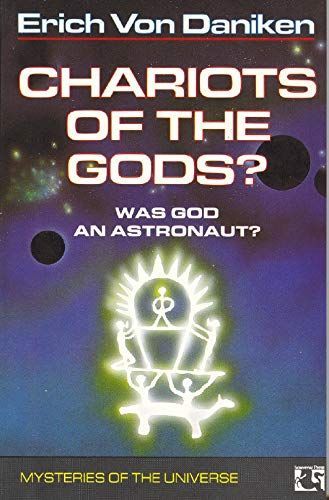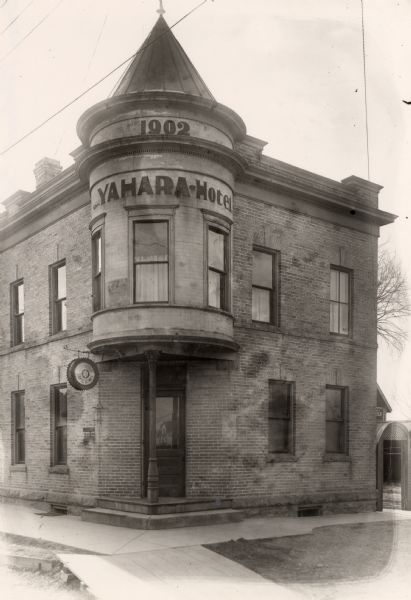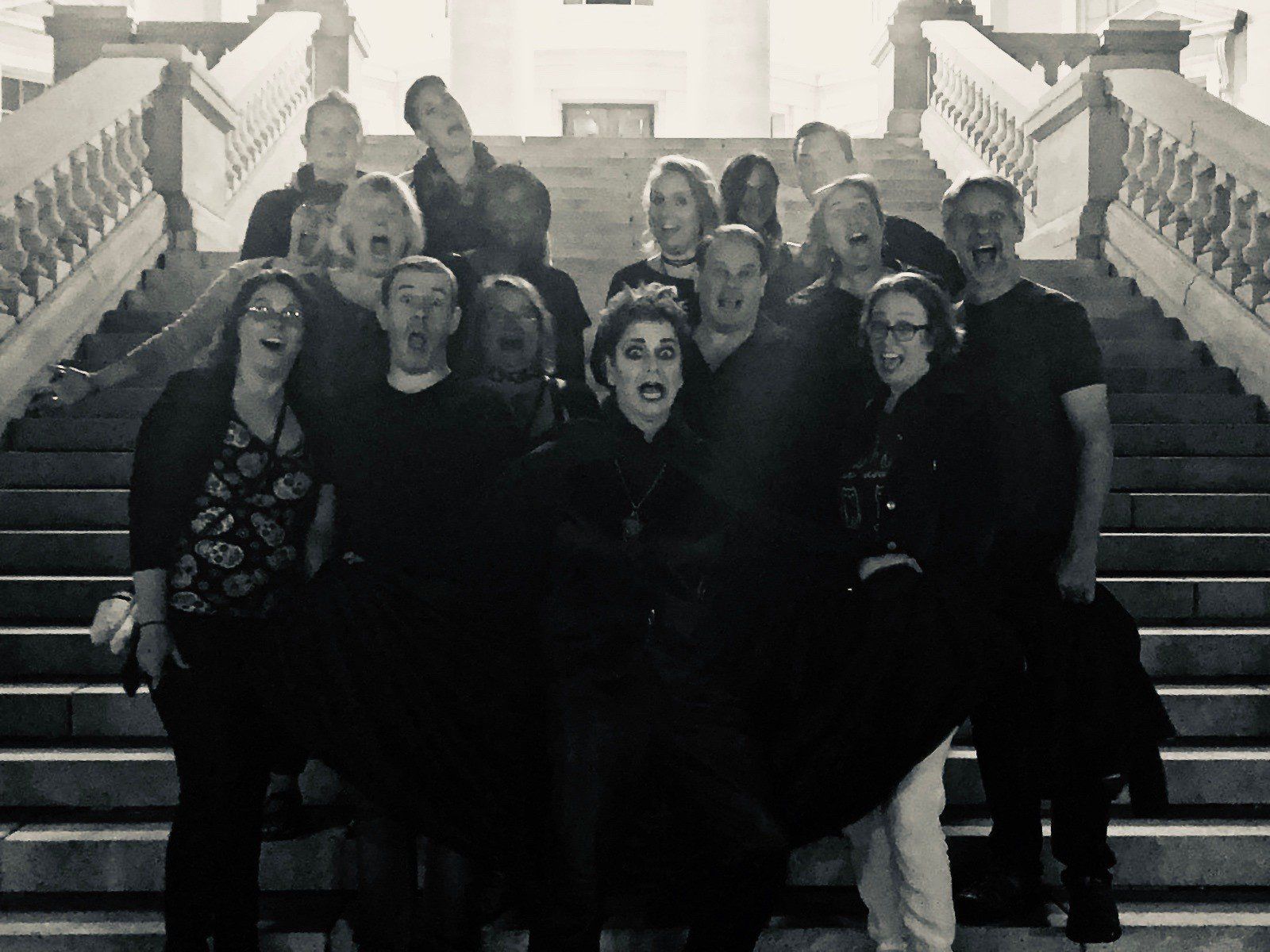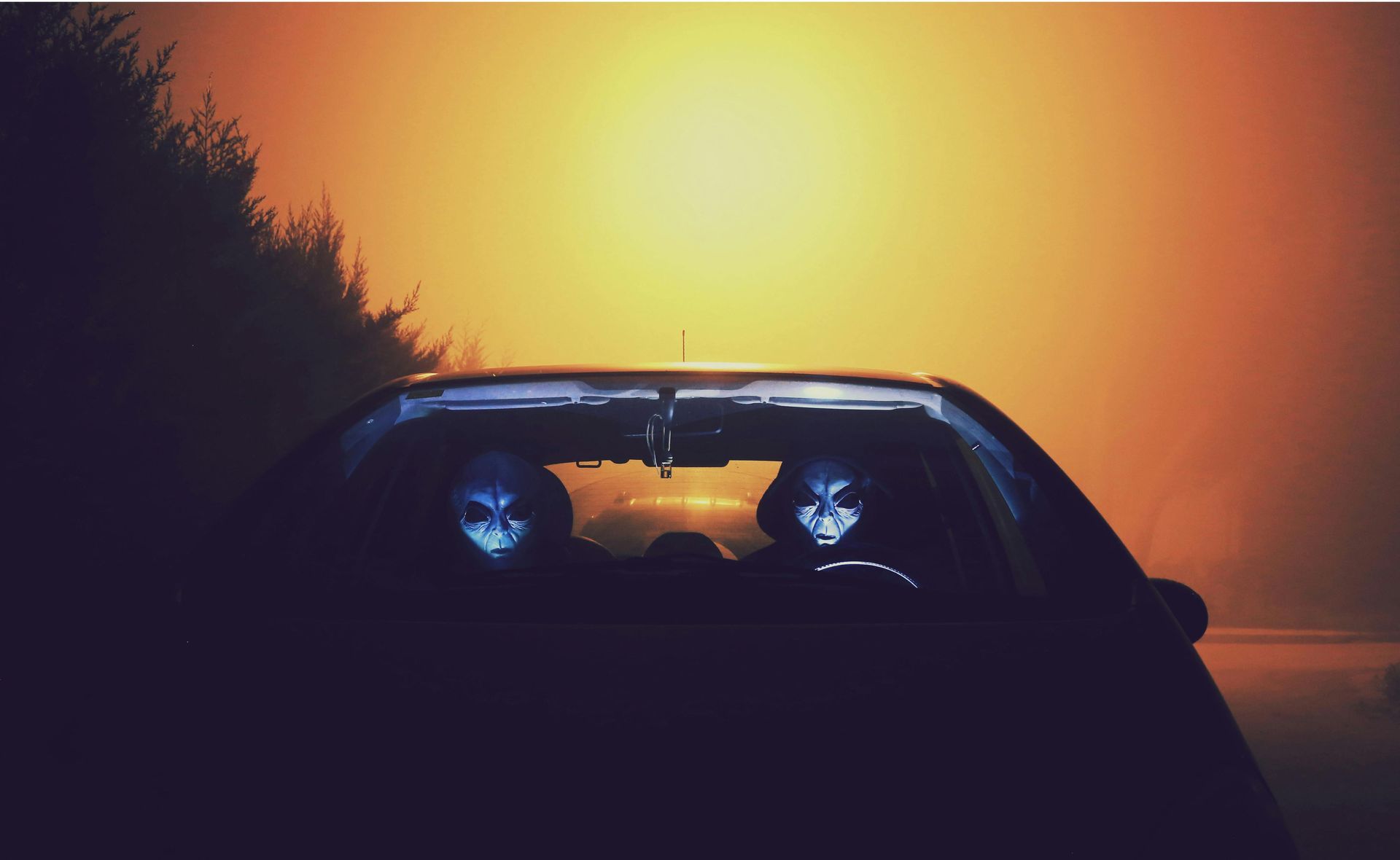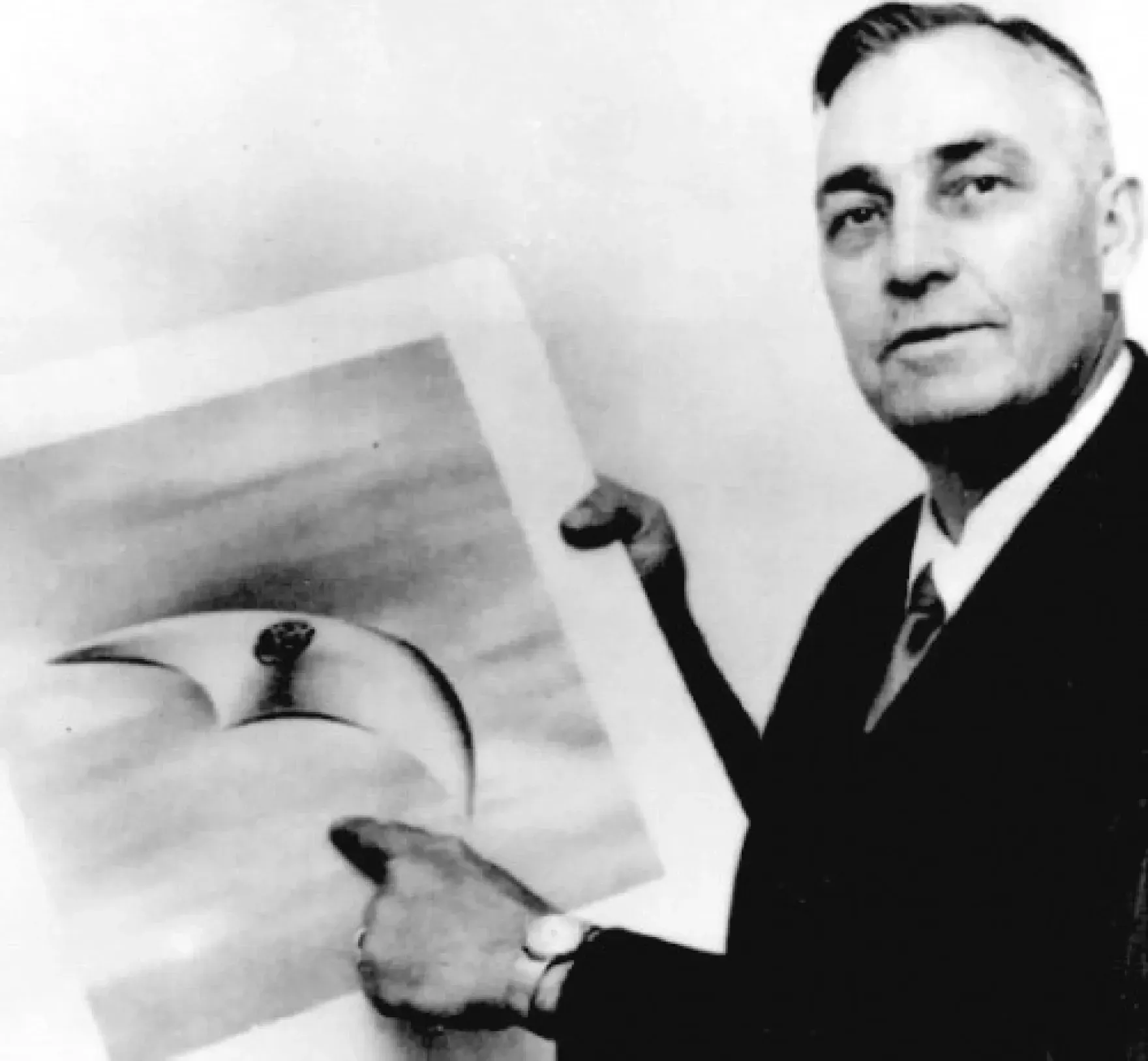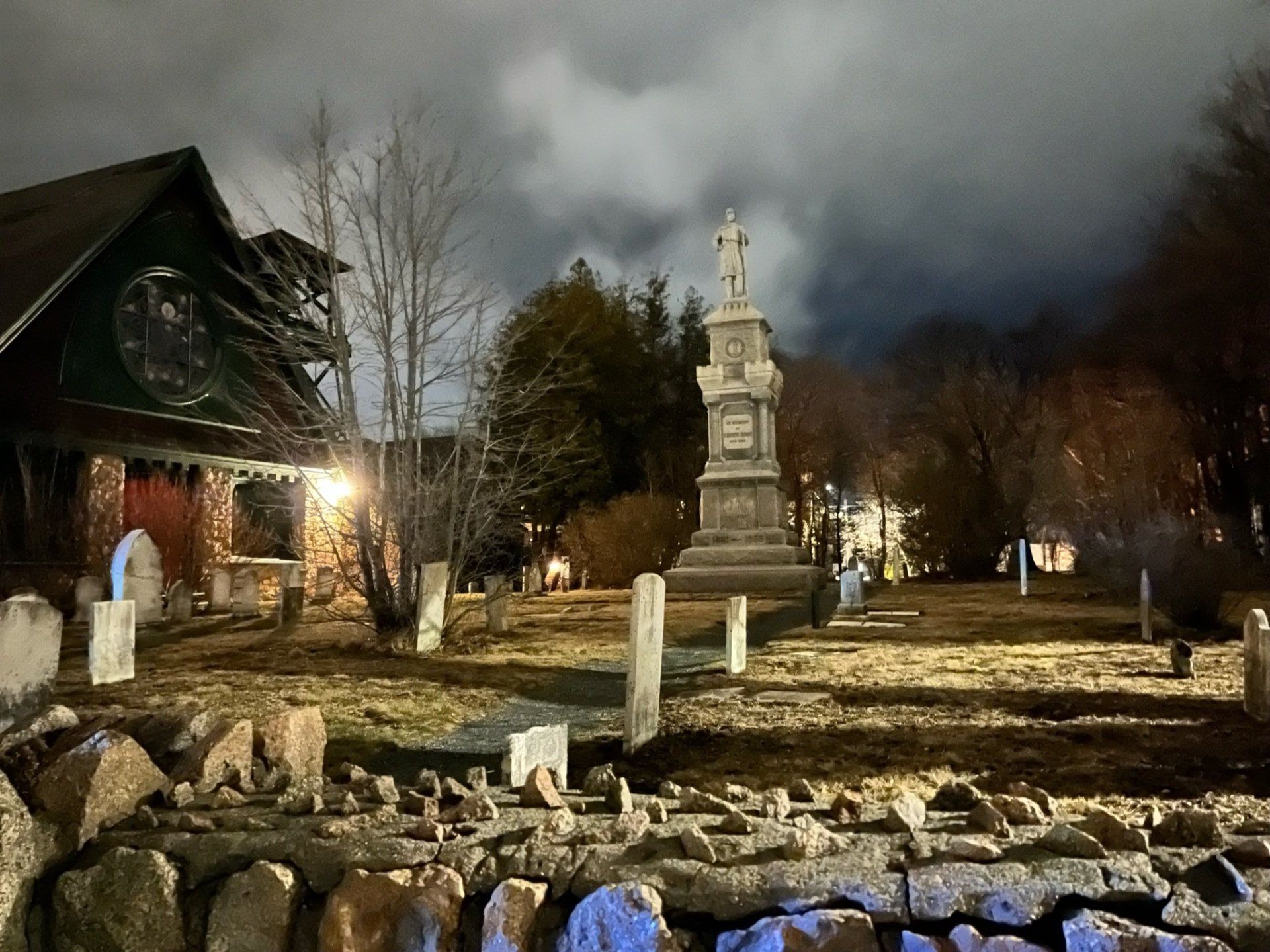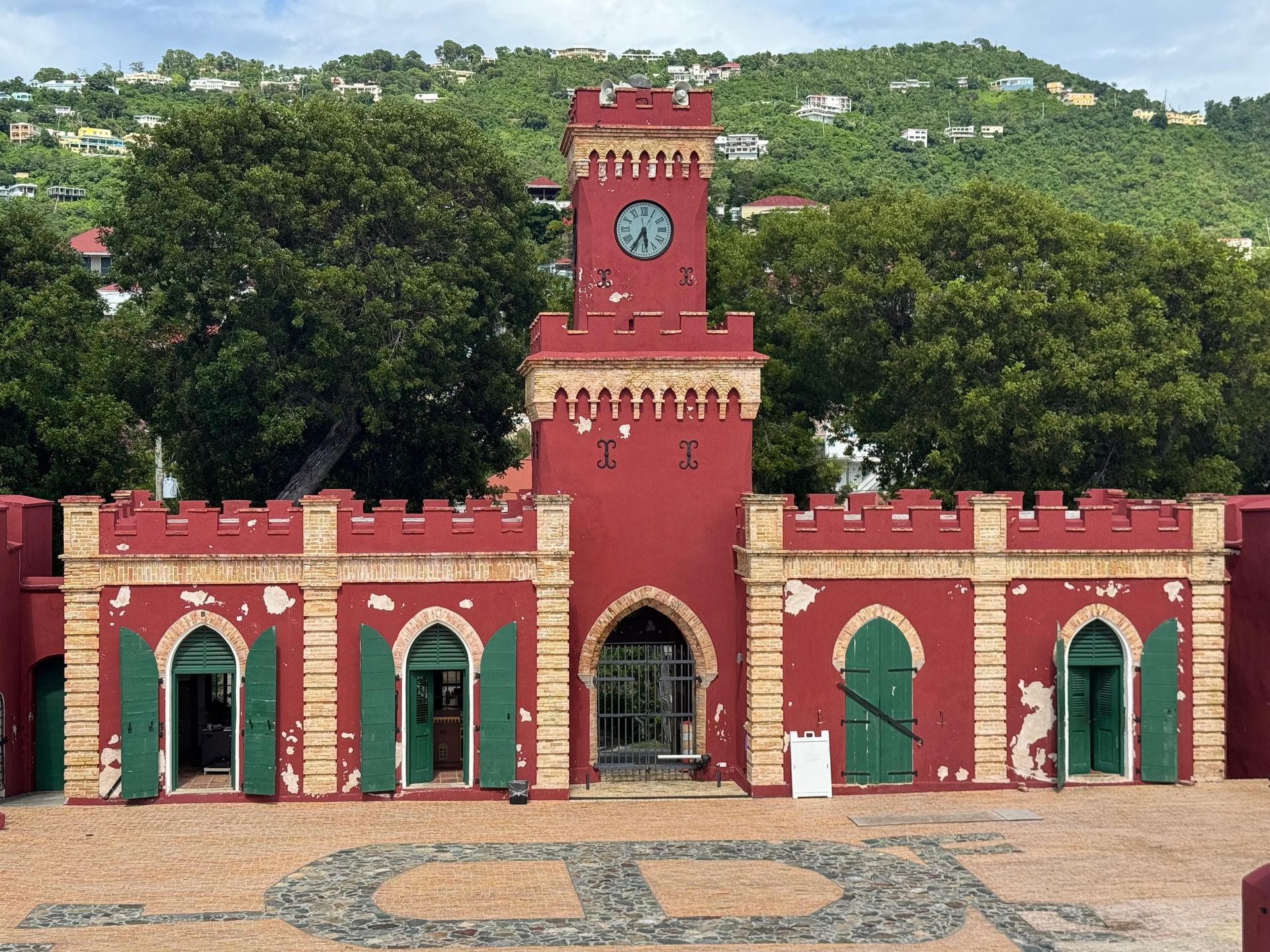The Real Paranormal Inspiration Behind Indiana Jones and the Dial of Destiny
Indiana Jones
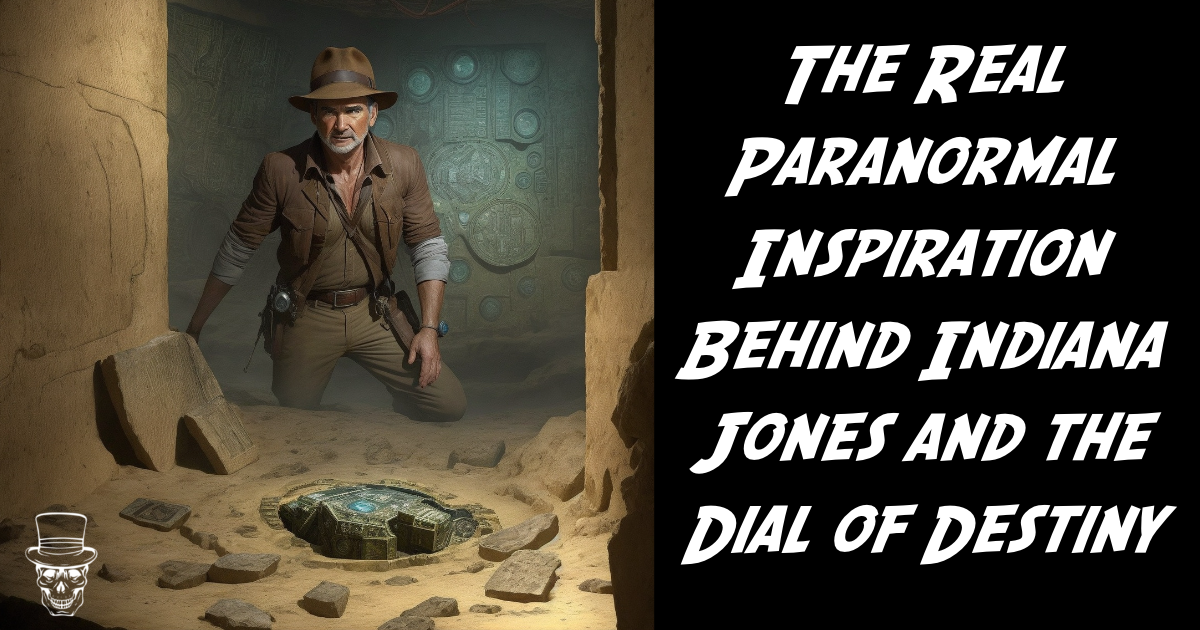
Indiana Jones and the Dial of Destiny brought the whip-toting, fedora-wearing, artifact-hunting Hollywood hero back to the big screen for the first time since 2008. But did you know that the movie's storyline is inspired by a real-life ancient artifact?
Writer/director George Lucas loved both science fiction and adventure serials of the 1930s and 40s and in the early 70s came up with two concepts that would eventually become some of cinema’s most beloved franchises. One became Star Wars, the series of films that would make him a billionaire, and the other was Indiana Smith (later changing the surname to Jones). He came up with the idea even before Star Wars had come out and once he had a big hit and some Hollywood clout, he persuaded his friend Steven Spielberg who had some mega-successes himself, with
Jaws and
Close Encounters of The Third Kind, to direct the homage to the kind of action-packed cliffhanger films that they both enjoyed in their youths.
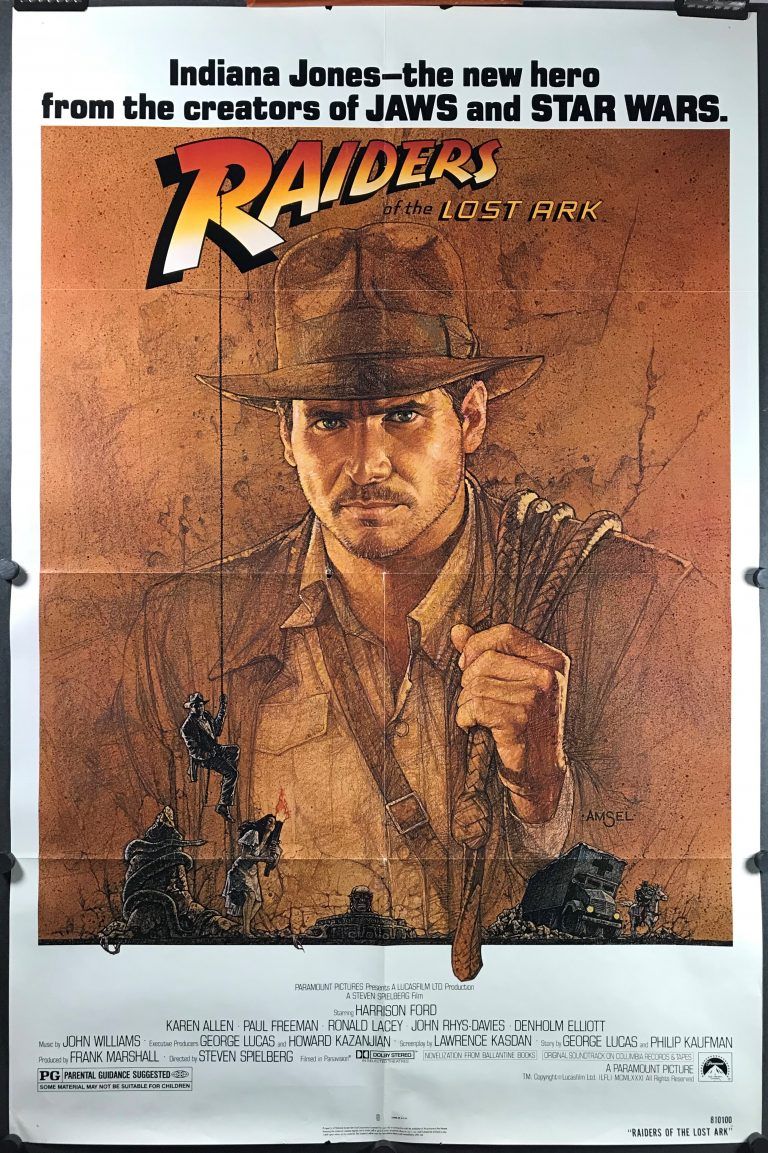
While it was director Phillip Kaufman (the 1978 Invasion of the Body Snatchers) working with George Lucas who brought the supernatural to the story by suggesting that Indy race the Nazis for possession of the Ark of the Covenant from the Biblical Old Testament, each Indiana Jones film has dealt with the paranormal in its own way. Temple of Doom had a priest of the Indian goddess of death, Kali, be able to magically rip hearts out of human sacrifices. The Last Crusade had Indy and his father racing the Nazis once again to find the Holy Grail, Jesus’ cup at the Last Supper, which might bestow eternal life on one who drinks from it. The previous film in the series, Kingdom of the Crystal Skull saw Indiana Jones taking on the Soviets to channel secret powers from ancient extradimensional beings (not extraterrestrials, they pointed out!) in a lost South American city. The paranormal has featured in every installment that has some basis in real historical legend. The latest film, The Dial of Destiny, is no different.
The Antikythera Mechanism was discovered in 1901 by a group of sponge divers who were exploring the wreckage of an ancient Greek shipwreck off the coast of the Greek island of Antikythera. The mechanism was found in a wooden box that contained other artifacts, including statues and pottery. At the time, the significance of the mechanism was not fully understood, and it was thought to be just another piece of ancient Greek technology.
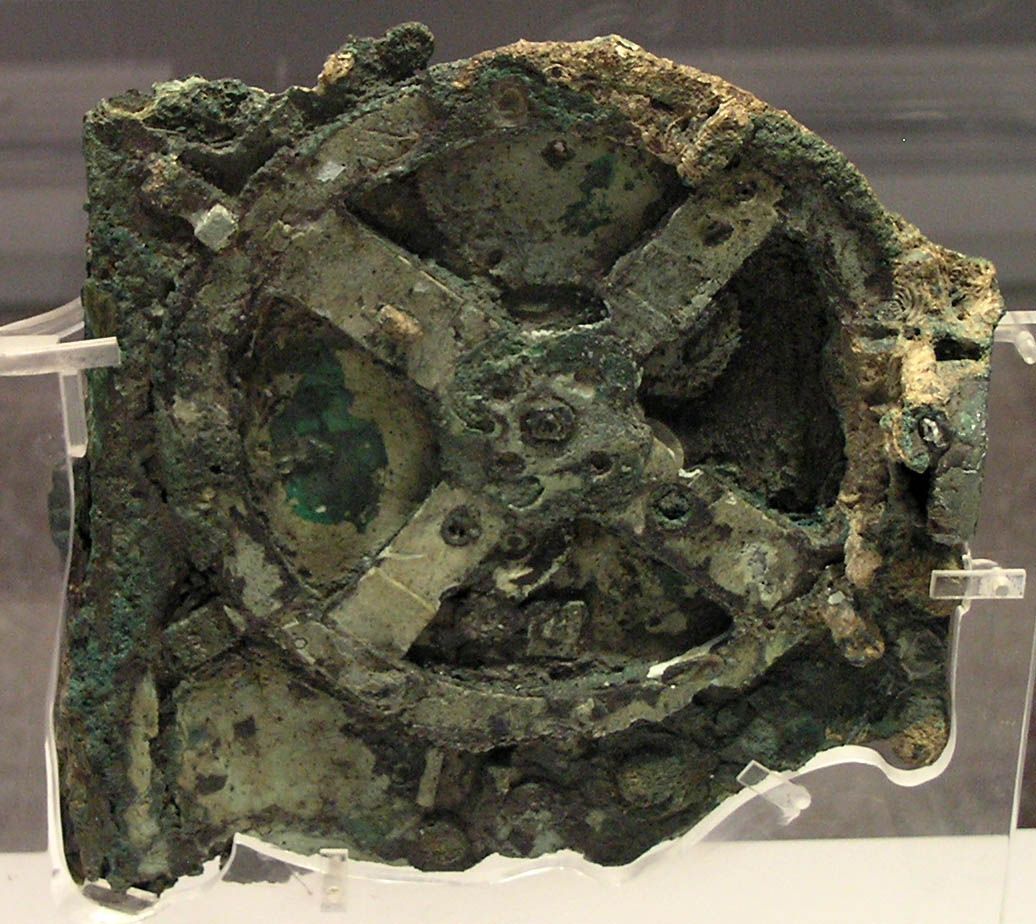
In the late 1950s, Derek de Solla Price became fascinated with the Antikythera Mechanism and dedicated years of his life to researching it. He studied the device obsessively and eventually became convinced that it was actually an archaic computer.
A complex system of gears, it worked like a complicated watch. It was wound forward and backward by a knob on its side, and instead of telling time, it was used to describe the movements of the sun, moon, and five known planets. Winding the knob would engage a series of gears, which in turn would spin a minimum of seven different hands, each moving at a separate pace. There was a hand for the Sun, another for the Moon, a third for Mercury, a fourth for Venus, a fifth for Mars, a sixth for Jupiter, and a seventh for Saturn. The mechanism also included two dials on the back of the case. One was a calendar of lunar and solar eclipses, while the other showed the timing for important athletic events like the Olympics.

Price's findings were eventually published in 1974 in a paper titled "Gears from the Greeks," where he detailed his theory that each gear represented the movement of a different heavenly body. By calculating the mathematical relationship between the toothed gear wheels, he was able to deduce the astronomical cycles they embodied.
Price thought his paper would upset the applecart. It was a “prochronism”, which means an impossible piece of technology for the time period it came from. It wasn’t until the mechanical clock was developed in the 14th century that a similar level of complexity was achieved. That’s over a millennia and a half since the mechanism was created.
So de Solla Price’s work fell on mostly deaf ears. Scholars weren’t interested in overturning centuries of established technological history and Greek scholars were more interested in philosophy than astronomy.
But one man wasn’t reluctant and his name was Erich von Däniken.
Von Däniken's book Chariots of the Gods? from 1968 is the most famous of the works that suggested the theory of ancient aliens visiting prehistoric humanity. Indeed, he often appears on the program that bears that theory’s name, with the wild-coifed Giorgio A. Tsoukalos.
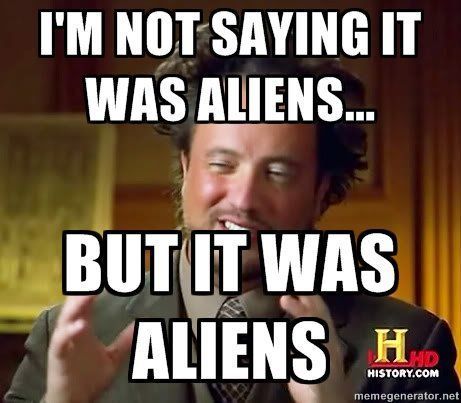
Erich von Däniken's best-selling books look for proof for the idea that aliens brought advanced technology to Earth to help with the building of the Egyptian pyramids and the creation of the Nazca Lines in Peru. He suggests that the Antikythera Mechanism, which he said was built in 82 BC, was way more complex than anything else at the time and there’s no evidence of anything like it existing beforehand.
As von Däniken says, more importantly than knowing how it works, “It would be more interesting to find out who built the first model of this machine, this small-scale planetarium!” Technology like this would take generations to develop and there were many Greek artifacts in museums, so why hadn’t we seen anything like it before? This was one of his “gifts from the gods”.
Now, the Dial of Destiny in the latest Indiana Jones movie is a fictional artifact that has the power to find “fissures in time”. Unique to this film, since there’s so much footage of Harrison Ford shot through the years, they can use that plus modern CGI effects to realistically portray Indiana Jones at different decades of his life, without resorting to the de-aging effects used famously on Robert DeNiro and Al Pacino in The Irishman to make two other septugenarians look younger in some scenes.
So as Indy has to battle a former Nazi now working for NASA (something the US Government really did with Operation Paperclip to help beat the Soviets to the Moon) to find the Archimedes Dial, which is an ancient computer much like the Antikythera Mechanism. But instead of just astronomical predictions, it can find cracks in the fabric of time, where the Nazi wants to go to change history (and Indiana Jones has to stop him of course.)
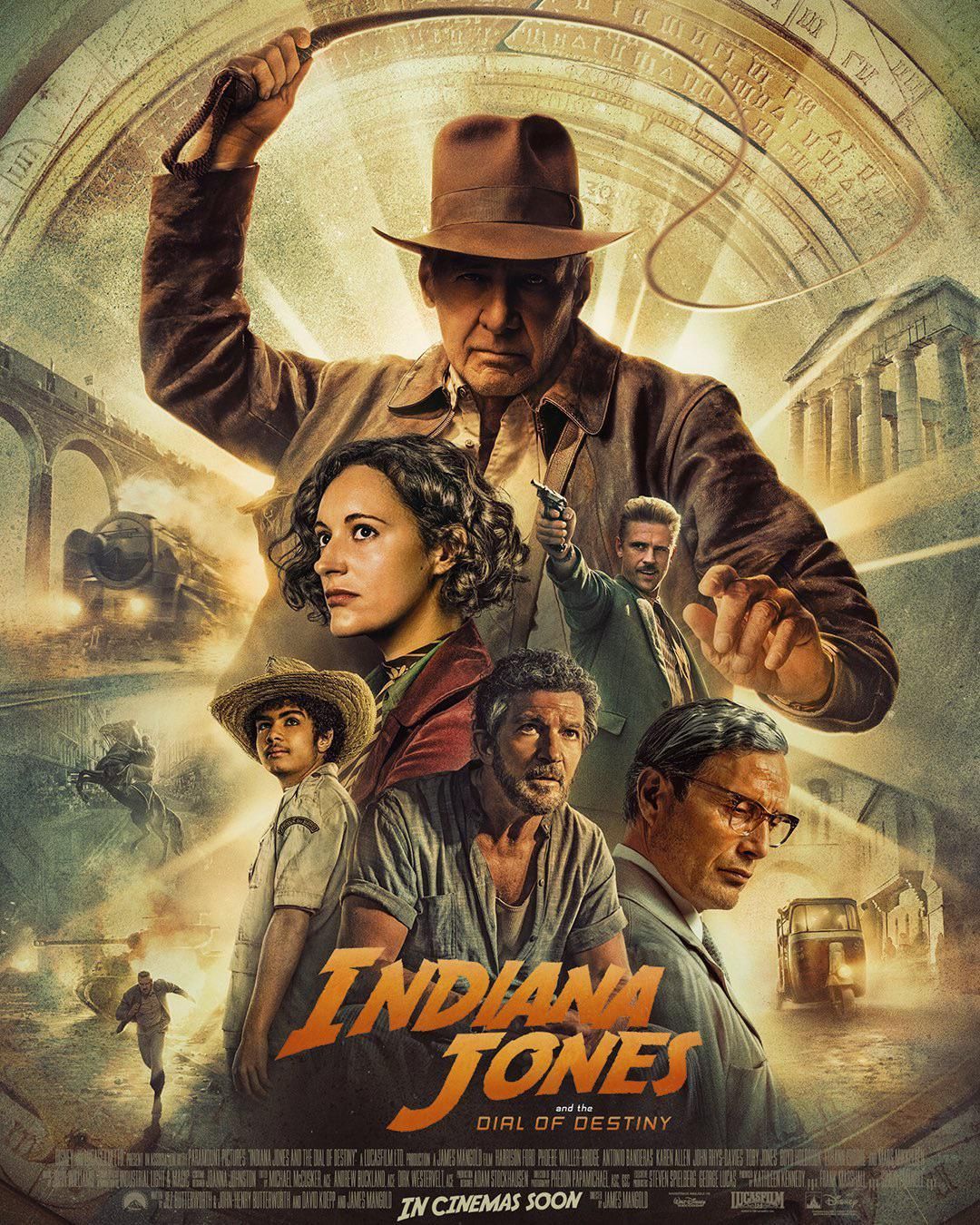
Both of the devices have similar builds, are separated into parts (much like the corroded Antikythera Mechanism broke apart after it was discovered), and there’s even a Greek shipwreck involved.
Once again, Lucas, Spielberg, and company use a real-life inspiration to ground the supernatural elements with a sense of actual history, befitting the tale of an old archaeologist called out of retirement to take on the supernatural (and the Third Reich) one more time.
Even better, the United States premiere of the film took place on June 14th at the Dolby Theatre in Hollywood, and that’s where we start our Hollywood Boulevard Ghost Walk, nightly at 7pm. If you love movies and supernatural stories, much like the Indiana Jones stories combined classic serials with real-world paranormal influences, then you’ll love this stroll down the world’s most famous street.

